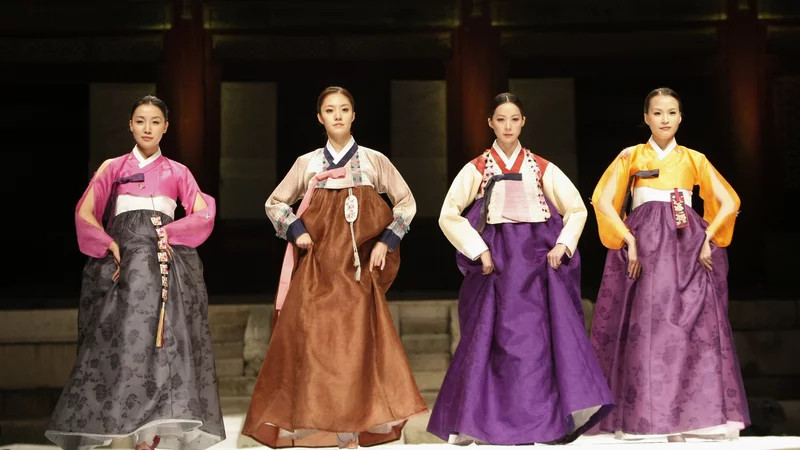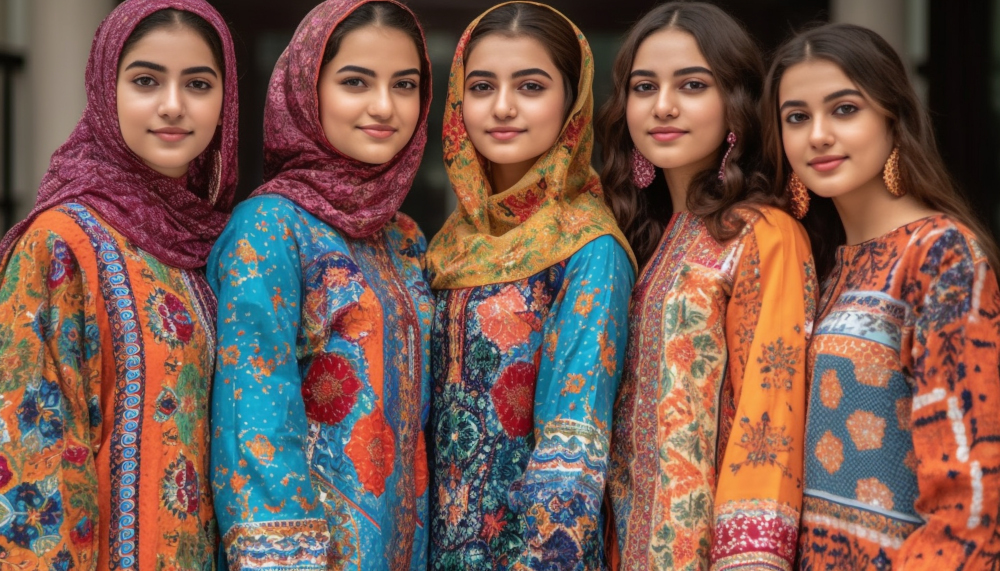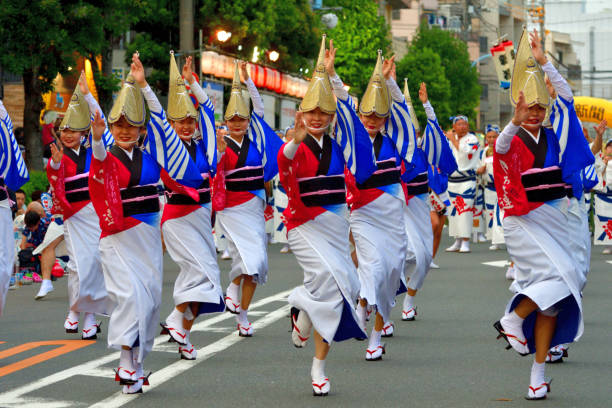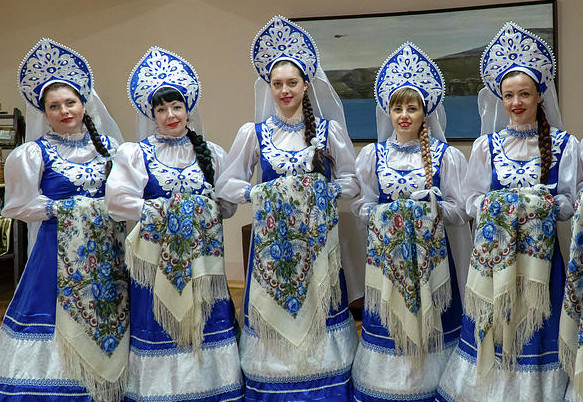
Kontinentet Asia
I våre frivillige innsatser som ambassadører for verdensfred, enhet og forsoning; gir vi deg en oppsummert dekning av utrolige globale kulturer på tvers av regioner og kontinenter som vår primære oppgave, Visjon-2036.

I våre frivillige innsatser som ambassadører for verdensfred, enhet og forsoning; gir vi deg en oppsummert dekning av utrolige globale kulturer på tvers av regioner og kontinenter som vår primære oppgave, Visjon-2036.
Det enormt velsignede asiatiske kontinentet er delt inn i fem fysiografiske regioner: Nord-Asia, Sørøst-Asia, Øst-Asia, Vest-Asia og Sentral-Asia; samt Nord-Asia som på en måte regnes som en annen region, som omfatter Sibir (i Russland).


I dag er nesten 93 % av Asias innbyggere muslimer og kjennetegnes av politisk islam; men det er også en prosentandel av kristne tradisjoner. Imidlertid er de fleste asiatiske kulturer overveiende kollektive. I kollektive kulturer blir individer sett på som innvevd i sin gruppeidentitet, og forestillingen om et separat, autonomt selv er nedtonet. En av de mest særpregede kulturelle trekkene i Asia inkluderer islamske tradisjoner. Noen land i regionen deler også språklige røtter (både verbale og skriftlige), og deres mat er på en eller annen måte lik.
Land som Kina, Japan, Nord-Korea og Sør-Korea har alle sine egne distinkte kulturer. Men de har noen få ting til felles: deres sterke hierarkisans, deres respekt for autoritet, og konvensjoner om hvordan man skal oppføre seg offentlig. Asias rike historie, enorme befolkning og mangfoldige kulturer gjør det til et fengslende studieområde. Dens voksende økonomiske makt og innflytelse gjør det også til en viktig vei til sysselsetting.


Deres kulturelle tradisjoner som respekt for medmennesker som bidrar til å opprettholde demokrati, toleranse, et åpent sinn som avviser rasisme og militant ekstremisme, og kjærlighet til naturen som bidrar til beskyttelse av miljøet. Sannelig; det er mye rik historie resten av verden kan lære av menneskene i denne regionen.
Noen land som Russland og andre omkringliggende land i Nord-Asia har en lang og rik kulturhistorie, gjennomsyret av litteratur, ballett, maleri og klassisk musikk; det har en veldig visuell kulturarv, fra sine fargerike folkedrakter til sine utsmykkede religiøse symboler. Det er en voksende befolkning som ikke vet i det hele tatt eller har mindre informasjon om kontinentets historie, kulturer og verdier, som er vår oppgave i de tverrkulturelle frivillige initiativene. Vi stoler på at gjennom kulturturisme og interkulturelle initiativer fra Global Community Transformation, har verden mye unik historie å lære av hverandre.

Dette er et frivillig offeransvar for alle, overalt i verden, å bidra
til fredsbygging og harmoni i tilpasningen til mangfoldets verden.
Skulle du derfor
være interessert i å samarbeide med Global Community Transformation for å fremme World
Vision-2036, eller ønsker du å jobbe med GCT i ditt land?
Vennligst send oss din e-post ved å bruke en av våre offisielle kontakter, og våre ansatte vil
komme tilbake til deg i løpet av få dager.
Din deltakelse er høyt verdsatt!